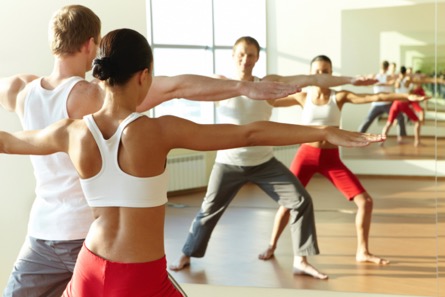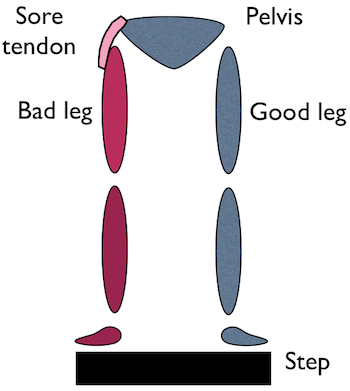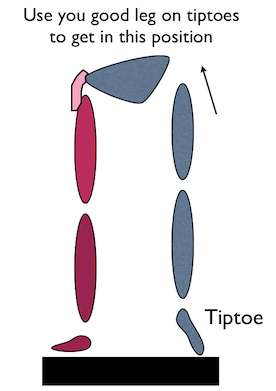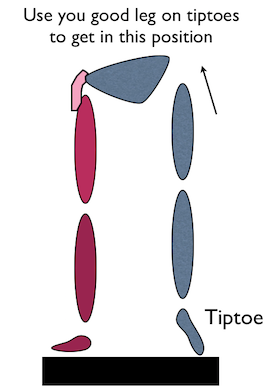Gluteus Medius Strengthening

“Absolutely amazing treatment and care. Both Mr Willis-Owen and the staff at the Harbour Hospital ensured that I was successfully treated for a long-term knee injury and also gave me the support and strategies for recovery following surgery. Without a doubt, the best medical care I have ever received. For the first time in years I am able to move unhindered and finally enjoy activities that have been out of reach for so long. Life changing. 5/5
What is the Gluteus Medius muscle?
The Gluteus Medius is a substantial fan-shaped muscle that spreads down from the top of the pelvis to the outside of the thigh bone (where it inserts at the greater trochanter). It has important roles in hip abduction, flexion and rotation, as well as pelvic stabilisation.
Why is it important?
Gluteus Medius helps to keep the pelvis level when you move, preventing excessive strain and consequent injury. When you lift one leg off the ground Gluteus Medius counteracts that motion, preventing that side of the pelvis from dropping. As such Gluteus Medius plays active roles in any walking, running, jumping and weight-bearing sports. Because of its job as a powerful stabiliser weakness in this muscle often causes problems at the knee or in the back.
“Absolutely amazing treatment and care. Both Mr Willis-Owen and the staff at the Harbour Hospital ensured that I was successfully treated for a long-term knee injury and also gave me the support and strategies for recovery following surgery. Without a doubt, the best medical care I have ever received. For the first time in years I am able to move unhindered and finally enjoy activities that have been out of reach for so long. Life changing. 5/5
Exercises
The aim of this exercise is to work the tendon of the gluteus medius muscle on the outside of the hip in a very specific way. The tendon and muscle are worked whilst they are being lengthened, not while they are contracting. This is called eccentric loading.
This is what eccentric loading means. Stand squarely on the floor next to a wall good leg facing the wall.

Using your arms and your good leg, but not your bad leg, lift your pelvis up so that you are tipped over towards your bad side. You will be on your tip toes on your good side.

Now lift your good leg off the floor, bending at the knee. Slowly and gradually lower your pelvis so that you are tipped over to your good side stretching your bad side. Use only the muscles (gluteus medius) on your bad hip to control the decent. You can use your hands to steady yourself, but the idea is that your bad hip is taking all of your body weight as you tip over and gradually lowering you down as far as you can go.

Return to the start position using your good leg and arms, but not using your bad leg. The bad side works only on the way down, not the way up.
Repeat 10 times and have a rest.
Aim for 3 sets of 10 exercises morning and evening, but be guided by your level of discomfort. It is normal to ‘feel’ the exercise, but it should not be really painful. If it is not too bad you can do more repetitions, on the other hand if it is very uncomfortable you should do fewer repetitions.